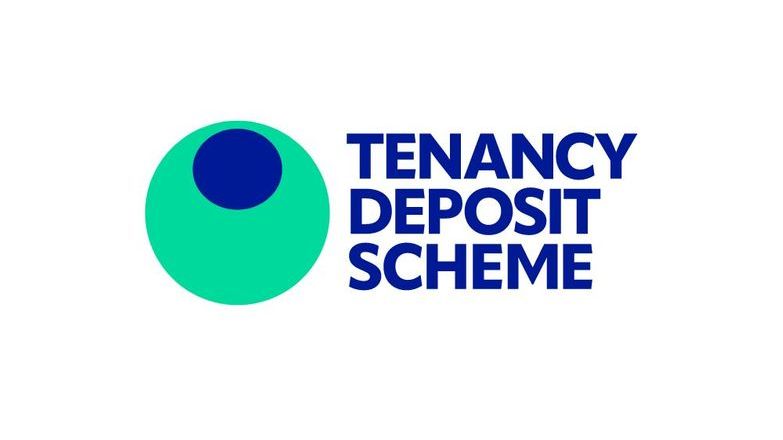
Interpreting fair wear and tear
While there isn't a strict set of rules outlining fair wear and tear, the House of Lords offers a definition to use as a starting point, it encompasses the reasonable use of the premises by the tenant, and the ordinary operation of natural forces.
In simpler terms, normal wear and tear points to the gradual deterioration you'd naturally expect to occur in a property over time.
Examples of fair wear and tear include:
- Faded curtains due to sun exposure
- Worn carpets from regular use
- Minor scuffs or scrapes on walls, skirting boards, or floors
- General ageing of appliances, fixtures, and fittings
It's worth noting that fair wear and tear does not refer to the cleanliness of the item, and the property must be returned to the landlord at the same level of cleanliness as it was at the start of the tenancy.
Recognising tenant damage
Tenant damage, on the other hand, refers to damage caused to the property through accident, neglect, or intentional actions by the tenant. This type of damage is not part of the natural deterioration process and often affects the functionality or usefulness of the property.
As an example, a carpet showing signs of wear during a long tenancy is to be expected, while a carpet stained and torn signifies tenant damage. Similarly, a well-used, faded kitchen countertop would fall under wear and tear, while scorch marks on its surface would equal damage.
Examples of tenant damage include:
- Significant stains on carpets or upholstery
- Broken windows, mirrors, or door handles
- Damaged cupboards or rips on the furniture
- Holes, dents, or large scratches in walls or floors
Who is responsible?
Landlords hold the responsibility for the upkeep of their rental property, while tenants have their distinct duties outlined within the tenancy agreement. Importantly, tenants are not held accountable for the natural deterioration of wear and tear, which naturally happens as the property ages.
Is there excessive damage?
If a tenant's action has been thought to have caused damage beyond regular wear and tear, subtracting repair or replacement expenses from the deposit is acceptable. However, being fair and reasonable in an evaluation is good practice, as well as giving the tenant a detailed list of deductions and a chance to question any deductions.
The Tenancy Deposit Scheme provides a free deduction template that agents and landlords can access and use, download it here.
Preventing disputes
Distinguishing between fair wear and tear and tenant damage can be subjective, often leading to disagreement between landlords and tenants. Fortunately, there are several strategies that letting agents can use to prevent such disputes.
- Perform a check-in and check-out inspection with the tenant, recording any pre-existing damage or signs of wear and tear. The check-in and inventory can provide you with a baseline and help to identify damage beyond fair wear and tear at the end of a tenancy.
- Conducting routine property inspections offers agents an opportunity to quickly address issues and preserve the property's condition. Such inspections also serve as a reminder to tenants of their responsibilities and potentially reduce the chance of damage.
Guidance for letting agents
The Tenancy Deposit Scheme provides a wealth of resources on our website for letting agents navigating issues related to fair wear and tear and tenant damage. These resources include guides on inventory checks, product lifespans, and even a dispute resolution chatbot. Visit their help centre to find out more.
Propertymark member agents enjoy discounted rates with TDS. Visit their industry supplier page to find out more.
TDS: Easy tenancy deposit protection
Tenancy Deposit Scheme (TDS) is the only not-for-profit, Government-approved tenancy deposit protection scheme offering both FREE Custodial tenancy deposit protection and Insured tenancy deposit protection.





